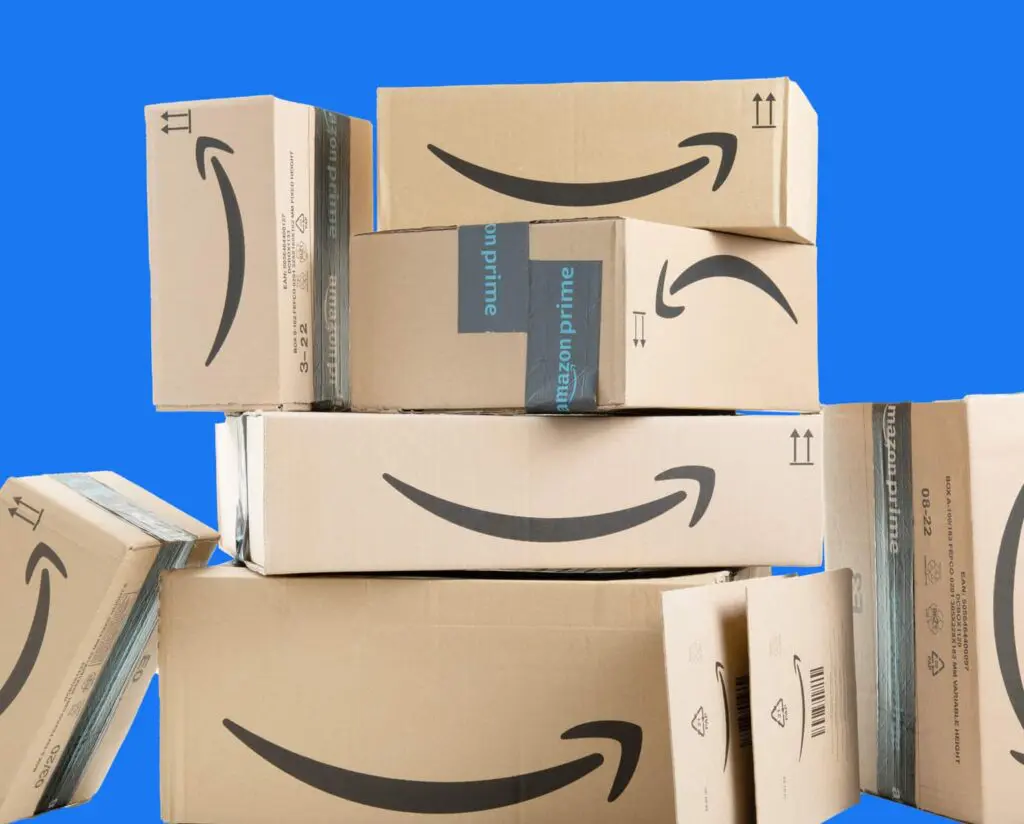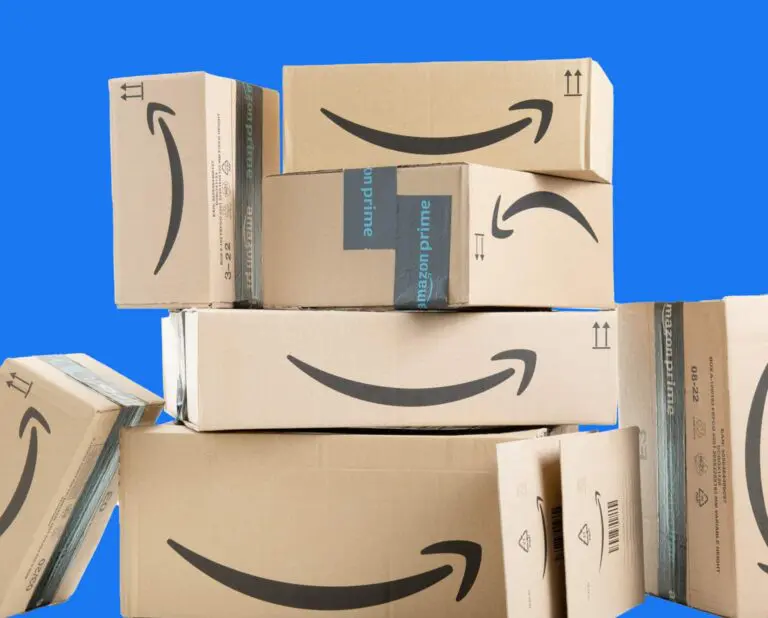Cyber Monday grows in scale every year, and for Amazon FBA seller accounts, the opportunity is massive. Together with Black Friday, it forms what many in eCommerce call BFCM, short for Black Friday Cyber Monday. These two events mark the official start of the holiday shopping season.
And in recent years, we’ve seen shoppers get savvy, holding off on purchases until the very end of sales events and coming to their carts well-researched and ready to compare products. The result is a hyper-competitive environment where value-driven deals win out. This pattern comes to a head on Amazon Cyber Monday. Weeks of shopper investigating and price-watching (or last-minute gut decisions) finally turn into high-volume purchases.
Thinking of Q4 as a single sales day is a mistake. The reality is a two-month funnel beginning in September and stretching through early December. Customers move from research to intent to conversion, and sellers who enter November unprepared are already behind.
Strong outcomes on Cyber Monday Amazon sales depend on readiness that starts weeks earlier.
Critical Amazon Cutoffs
Amazon publishes holiday cutoffs and deal deadlines every year to regulate when inventory must arrive and when promotions must be submitted.1 Missing those windows can jeopardize your Amazon Fulfillment by Amazon operations, your Buy Box eligibility, or your ability to participate in high-visibility deals. Cutoffs typically include arrival deadlines for bulk inventory methods (such as AWD and FBA split shipments); promotional submission windows for Lightning Deals, Best Deals, and coupons; and activation of seasonal fees.
Amazon also imposes holiday peak fulfillment fees during the busiest shopping months to cover extra labor, handling, and transportation costs. In past seasons, these fees have applied to all FBA shipments and varied by product size and weight.
Amazon Cyber Monday Best Practices
- You must plan your inventory shipments early enough to hit Amazon’s arrival cutoffs for different fulfillment methods, especially for bulk or overflow stock
- Promotional assets like Lightning Deals, Best Deals, and coupons usually have submission windows well before peak shopping days that must be approved
- Peak fulfillment fees should be built into your Q4 margin models, since they often apply to all units shipped via FBA during the holiday period
- Delivery windows and carrier constraints are often stricter around this time, so aligning your inbound freight with Amazon’s receiving windows is crucial
Inventory Forecasting & Stockout Prevention
One of the most common mistakes for holiday sellers is underestimating demand. Sellers should study their 2024 performance to identify top-performing SKUs and calculate expected velocity. Data from last year can help you draw conclusions on which items deserve priority this time around and which can be left out of deal planning.
With that analysis, building a 20 to 30% buffer is a practical step. Overbuying may tie up cash temporarily, but running out of inventory really cuts into rankings, advertising performance, and customer trust. For Amazon Cyber Monday vs Black Friday, the sellers who hold extra stock around both events tend to maintain visibility and see their competitors disappear from the listings.
Amazon Analysis Tools
Amazon’s own tools are designed to help sellers avoid mistakes. The FBA Restock Tool,2 IPI monitoring, and inbound performance metrics all provide real-time data on restock limits and supply chain health. Using these effectively is one of the most reliable ways to keep Amazon FBA services running smoothly throughout the holiday surge. An experienced Amazon services provider like Amplifyy also has access to partner-level tools and tactics that can take analysis to the next level.
Optimizing Listings & Promotions
Holiday shoppers are motivated by urgency and relevance. Your Brand Store should be clean and organized to make it easy to find product groupings, showcasing popular or most-heavily discounted products on the main page. Listings themselves should use phrases like “holiday gift,” “Cyber Monday deal,” and “gifts under $50.” These keywords signal to buyers that they’ve found seasonal products worth considering. Strong titles, persuasive bullet points, and competitive pricing combine to improve both organic ranking and ad performance.
To make listings stand out and reduce buyer hesitation during peak shopping:
- Add lifestyle photography that reflects holiday contexts and gifting moments
- Refresh A+ Content with FAQs, comparison charts, and feature highlights
- Review listings on mobile to confirm readability and small screen layouts
Promotions require similar attention. Deal slots are competitive, which is why submissions must be locked in well before Cyber Week. Even more important is syncing promotions with available inventory and ad campaigns. A discount without stock to support it creates abandoned carts and frustrated buyers. Spreading promotions across Black Friday through Cyber Monday rather than front-loading everything on Friday helps extend momentum and keeps traffic steady.
Advertising & Operations
Again, October should be viewed as the build phase with Amazon advertising campaigns tested and optimized well before November traffic spikes. Sellers should diversify across Sponsored Brands, Sponsored Products, and Video formats to cover the funnel from awareness to conversion and think about bundles and shipping discounts.
Seasonal keyword lists should be expanded to include terms like “stocking stuffers,” “under $25,” and competitor brand comparisons. Amazon itself recommends thoughtful campaign setup and audience targeting long before BFCM week begins.3 You’ll need to explore email marketing, social media marketing, and influencer marketing according to your budget.
Operational readiness is equally critical. Inventory must be labeled and prepped correctly, as noncompliance can lead to delays or rejections. Daily monitoring of stock levels from mid-November onward helps protect ad performance and rankings. For fast-moving SKUs, sellers should prepare FBM backups to provide that lifeline if FBA inventory runs out.
Cyber Monday Readiness Checklist
This is your last sweep before traffic spikes. The sellers who win Cyber Monday are the ones who translate planning into disciplined execution. Use this quick checklist to confirm you’re not leaving money on the table:
- Double-check your Brand Store navigation so shoppers can find top deals quickly
- Audit advertising budgets to handle holiday traffic surges without pausing mid-event
- Test mobile load speed and visual display across devices to catch formatting issues
- Confirm customer service coverage, including rapid response for returns or inquiries
- Create backup messaging for low-inventory products to quickly update ads and listings
- Review cross-channel promotion to build a consistent brand story during BFCM
Post-Cyber Monday Strategy
The work does not stop after Cyber Monday. Retargeting campaigns bring back cart abandoners and deal browsers who didn’t end up converting. December gifting campaigns can highlight any product that you’re able to say “Arrives Before Christmas,” and you can start work on holiday SEO updates. Sellers who treat the post-BFCM period as an extension of the season can maintain sales velocity into January. Performance data, reviews, and replenishment campaigns keep momentum alive well past the event.
Partnering for Cyber Monday Success
Cyber Monday is one of the most important dates in the eCommerce calendar. For sellers leveraging Amazon FBA, success depends on deadlines met, inventory forecasted, ads launched, and listings optimized. The event is not just about a single Monday but about how well preparation, execution, and follow-up come together across the entire Q4 funnel.
Amplifyy has worked with brands that want to maximize visibility, strengthen advertising strategies, and scale their presence during the busiest shopping days of the year. Whether your challenge is navigating restock limits, aligning ads with promotions, or building BFCM-ready storefronts, Amplifyy provides the experience and guidance to make it happen.
Ready to move beyond guesswork and approach Cyber Monday like a seasoned seller? Now is the time to act. Contact Amplifyy to make Q4 your most profitable yet.
Sources:
1. Get Ready for the Holiday Shopping Season, Amazon Seller Central Forums
2. FBA Restock Tool Guide, Amazon
3. How to Drive Sales During Black Friday and Cyber Monday, Amazon





